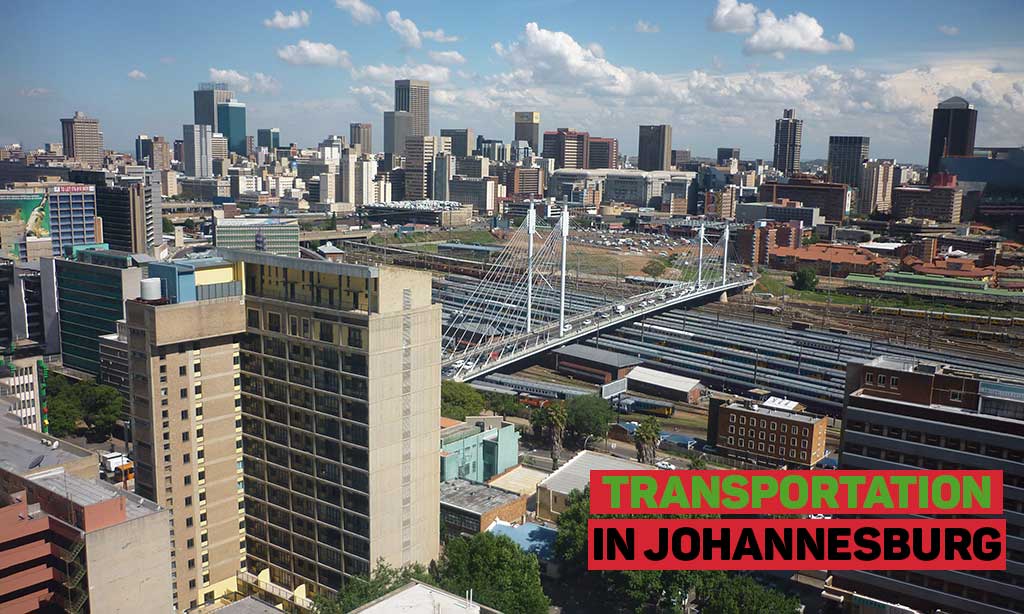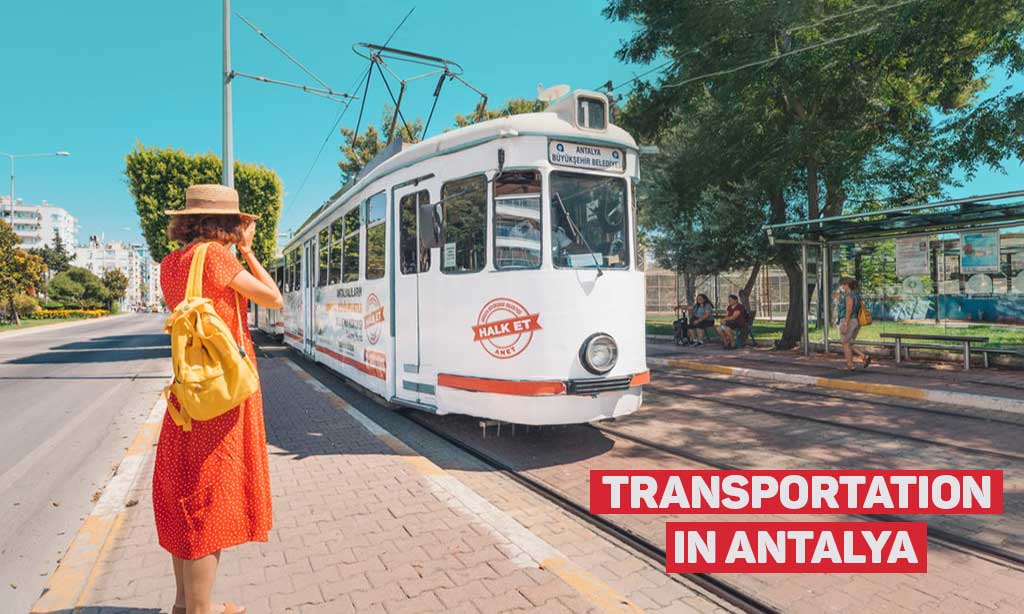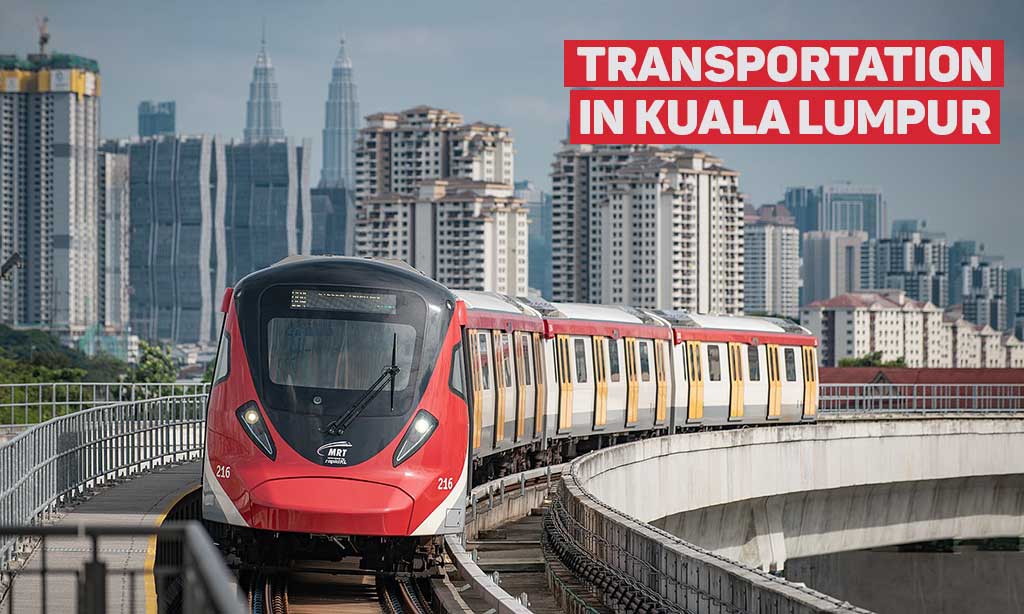Overview: Public Transportation Los Angeles boasts a multifaceted transportation infrastructure, acting as a pivotal hub for both passenger and freight traffic on regional, national, and international levels. The city’s transportation system encompasses the United States’ largest port complex, an expansive freight and passenger rail infrastructure, multiple airports, bus lines, and a vast freeway and road network. Despite the dominance of cars as the primary mode of transportation, the Los Angeles County Metropolitan Transportation Authority (LACMTA) has constructed over a hundred miles of light and heavy rail, serving increasing parts of Los Angeles and its greater area.
Operators: The primary regional public transportation agency in Los Angeles is the Los Angeles County Metropolitan Transportation Authority (LACMTA), often referred to as Metro or MTA. This agency operates bus, light rail, and subway services. Other municipal transportation agencies in the region include LADOT, Long Beach Transit, Montebello Bus Lines, Norwalk Transit, Redondo Beach, Santa Monica’s Big Blue Bus, Santa Clarita Transit, Torrance Transit, and Foothill Transit.
Rapid Transit Systems: The Los Angeles Metro Rail system connects various parts of the county, including Long Beach, Pasadena, Norwalk, El Segundo, North Hollywood, Inglewood, and Downtown Los Angeles. The system comprises both light rail and heavy rail systems.
Table: Transportation Systems:
| Transportation | Name of the Operator | Website URL |
|---|---|---|
| Bus | Los Angeles County Metropolitan Transportation Authority (LACMTA) | LACMTA |
| Light Rail | Los Angeles Metro Rail | Metro Rail |
| Commuter Rail | Metrolink | Metrolink |
Guide on Ticket Purchasing: In February 2008, LACMTA introduced the Transit Access Pass (TAP) universal fare system. The TAP smart card allows passengers to tap their cards on fare boxes for faster boarding. TAP readers are installed on bus fare boxes and on turnstiles and standalone validators at rail stations. The system operates on a proof-of-payment system, with fare inspectors randomly checking TAP card validation.
Major Passenger Airports and Ways to City Centre: The primary airport serving Los Angeles is the Los Angeles International Airport (LAX), which ranks as the seventh busiest commercial airport in the world. Other significant nearby commercial airports include LA/Ontario International Airport, Hollywood Burbank Airport, Long Beach Airport, and John Wayne Airport. The world’s busiest general-aviation airport, Van Nuys Airport, is also located in Los Angeles.
Walking & Biking Facilities: Despite the popular notion that “nobody walks in L.A.”, the city has made efforts to accommodate pedestrian traffic. Areas like Old Town Pasadena and the Third Street Promenade in Santa Monica have been redeveloped to be pedestrian-focused. Downtown Los Angeles also offers various public escalators and skyways to facilitate pedestrian movement. As for biking, Los Angeles has seen a rise in bicycle commuting, with extended bicycle paths like the Los Angeles River bicycle path connecting Burbank to Long Beach.





